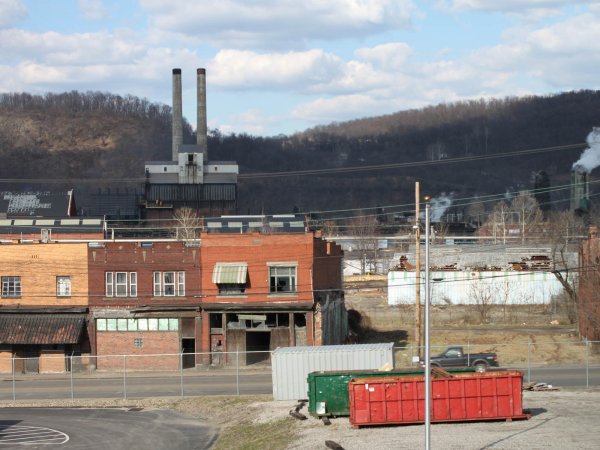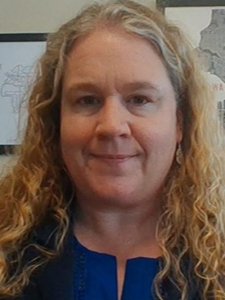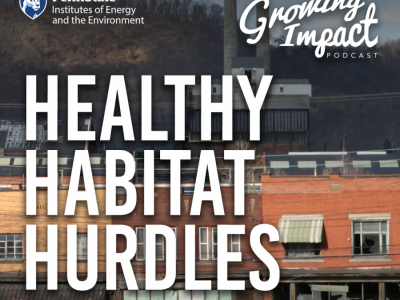
Ongoing research has established a strong link between physical activity (PA), healthy eating (HE) and improved health outcomes. Some of the benefits of PA include enhanced cardiorespiratory endurance, muscular fitness, body composition, and reductions in risk of obesity, mental disorders (e.g., depression, stress, anxiety, general well-being), and improved academic outcomes. Despite significant knowledge on the benefits of regular PA, in the United States fewer than half of adults engage in enough PA to garner these benefits. Dietary behaviors among adults are also notably poor, with less than a quarter of adults reporting adequate fruit and vegetable consumption. Participation in PA and HE tend to be lower among ethnic minority groups and those with lower socioeconomic status (SES). This contributes to a disproportionate disease burden among these underserved populations and exacerbates health disparities for conditions like obesity and cardio-metabolic risk.
Low-SES groups tend to live in neighborhoods with reduced access to affordable heathy food and open and green space, and alternatively, greater exposure to environmental hazards, such as poor air quality. In environmental justice literature, this compounding of risk is called “cumulative exposure;” lower-SES and racially/ethnically diverse neighborhoods face a variety of environmental barriers that cumulatively enhance their disease risk exponentially, with PA, HE and AQ being some of the biggest, but also most modifiable, culprits.
The current project aims to target underserved and racially diverse neighborhoods in the Mon Valley to examine the role of the built and natural environments in influencing PA, HE and AQ. The purpose of this project is to develop methods of community engagement for environmental assessment for healthy living conditions which in turn will lead to community-level skills to advocate for equitable neighborhood development.






